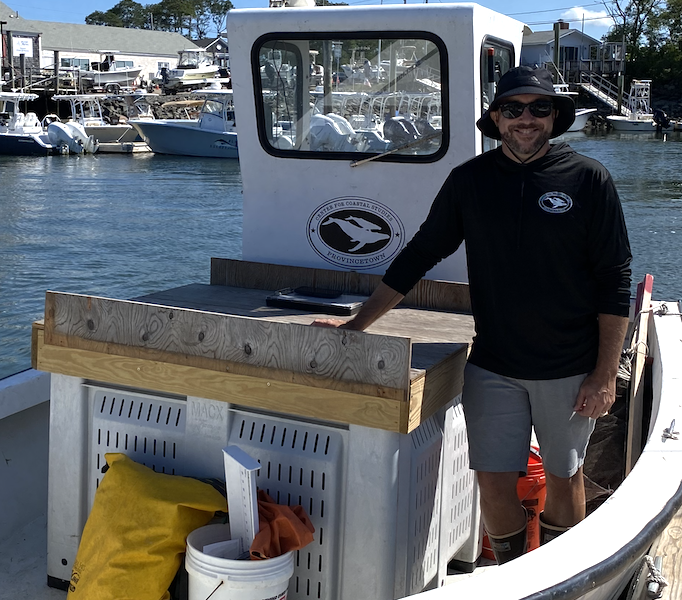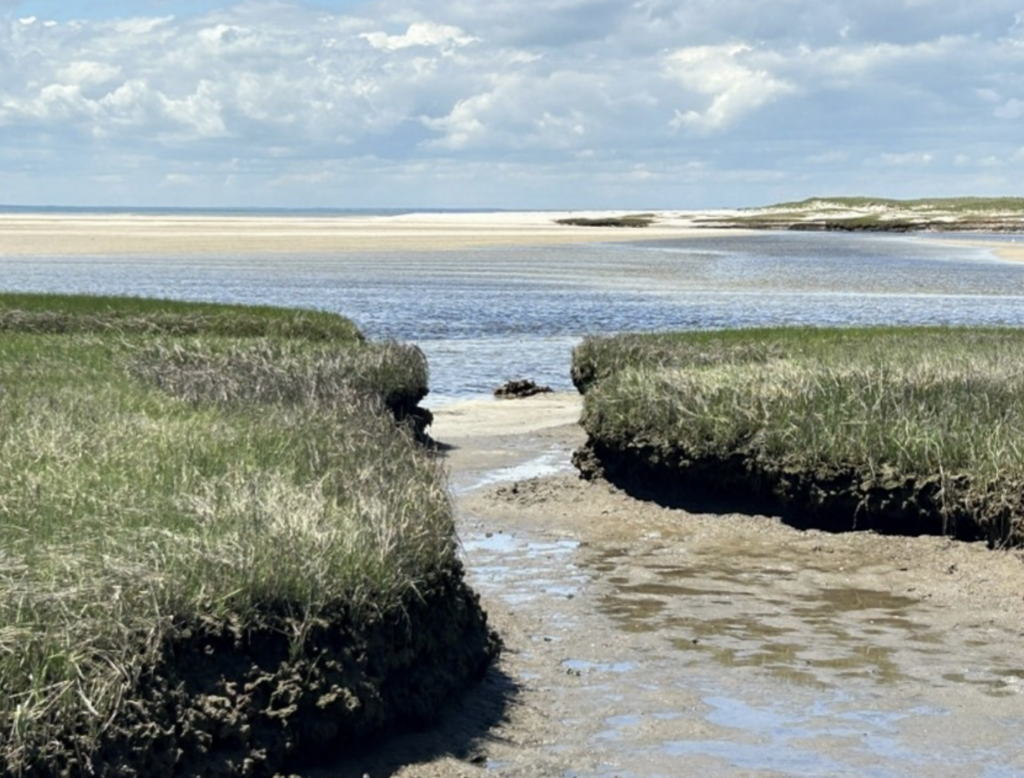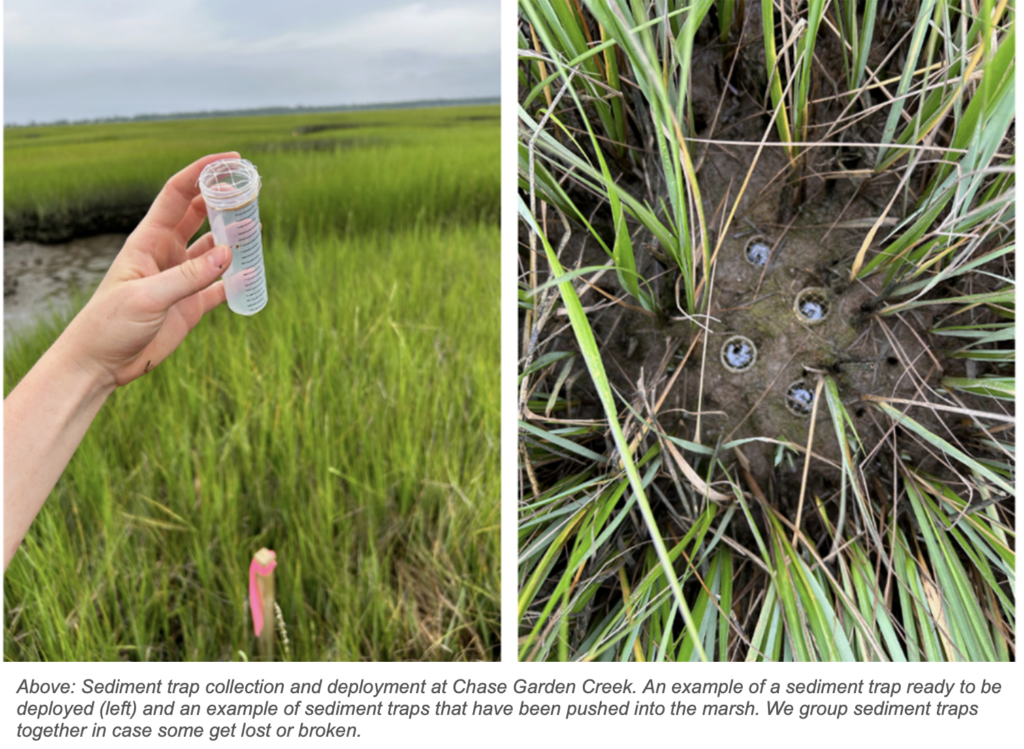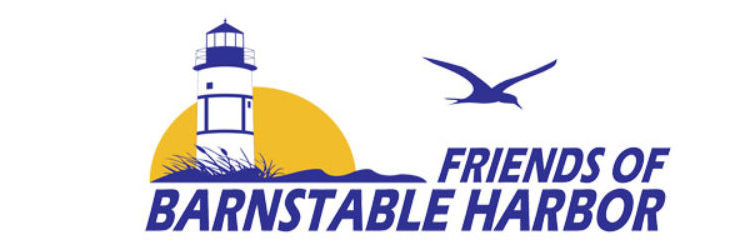Our Finfish Shellfish Survey Underway!
We are thrilled that Owen Nichols from the Center for Coastal Studies has begun the Finfish Shellfish Survey. He using trawls, seines, and traps to capture and identify the wide variety of critters that inhabit the waters of Barnstable Harbor.
Keep an eye on the harbor for his Center for Coastal Studies work boat and crew. Give them a wave!

Horseshoe Crabs
You are most likely already aware that MA Department of Marine Fisheries instituted new regulations limiting the time frame for the bait harvest of horseshoe crabs. In the simplest terms, the harvest of horseshoe crabs is prohibited during their spawning season when the horseshoe crabs are easily accessed as they head to the beaches to spawn.
Follow this link to learn more about the horseshoe crab and to see a CBS Sunday Morning video featuring these prehistoric creatures.
Association to Preserve Cape Cod‘s Ecosystem Restoration Program

Barnstable Marsh and Chase Garden Creek Marsh
APCC and partners are working to collect data about sediment in salt marshes around the Cape to help us understand how marshes respond to tidal restoration and sea level rise. The vertical buildup of sediment over time helps a salt marsh maintain its elevation and keep pace with sea level rise, preventing marsh plants from drowning and dying. A healthy, stable marsh benefits coastal ecosystems and communities through the services it provides, like filtering pollutants, reducing flooding during storms, and creating habitat for birds and fish.
As sediment is deposited on the marsh surface, it accumulates through a process called sediment accretion. How much and how quickly sediment accretes depends on the balance between sediment coming in (deposition) and sediment going out (erosion). When deposition exceeds erosion, the salt marsh accretes more sediment and grows in elevation. When erosion exceeds deposition, the marsh loses elevation, leading to marsh dieback and the loss of important ecosystem services. For a marsh to successfully adapt to tidal restoration and sea level rise, it must maintain or grow its elevation. We measure sediment deposition and accretion using a variety of methods. The methods we use depend on our objectives.

At Chase Garden Creek, where we are partnering with the Center for Coastal Studies, the goal is to evaluate the sediment supply from Cape Cod Bay. We want to know whether this sediment is enough to support the marsh. Sediment traps help us answer this question by measuring the amount of sediment deposited by the high tide throughout the marsh in one-month increments. A sediment trap is a container that captures sediment deposited on the marsh during high tides. Sediment traps are left in place for several weeks before being collected and the amount of sediment deposited in each tube measured. The result is a deposition rate that tells us how much sediment was deposited on the marsh over time.
At Great Marsh in Barnstable, APCC is partnering with Mass Audubon to compare total sediment accretion in areas where restoration will take place. Marker horizons measure the combination of organic matter buildup and sediment deposition in multiple locations. At Great Marsh, feldspar powder was sprinkled in a plot on the marsh surface. Over time, sediment and organic matter from plants accumulate above this layer of feldspar. We can then return to sample the section of the marsh where the marker horizon had been applied in future years and measure the amount of material that has accumulated over one or more growing seasons. The result is a sediment accretion rate that tells us how much, and how quickly, the marsh surface is accreting, or gathering, minerals and organics.
The sediment data we collect tells us valuable information about our marshes, like how fast or slow the marsh is gaining elevation, if there is enough sediment to support marsh plants, and how marshes might respond to future sea level rise. APCC and partners hope to help our Cape Cod marshes thrive and continue to provide numerous benefits to our local communities and ecosystems.

